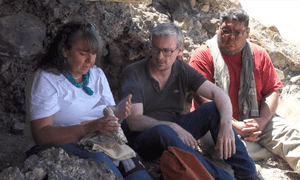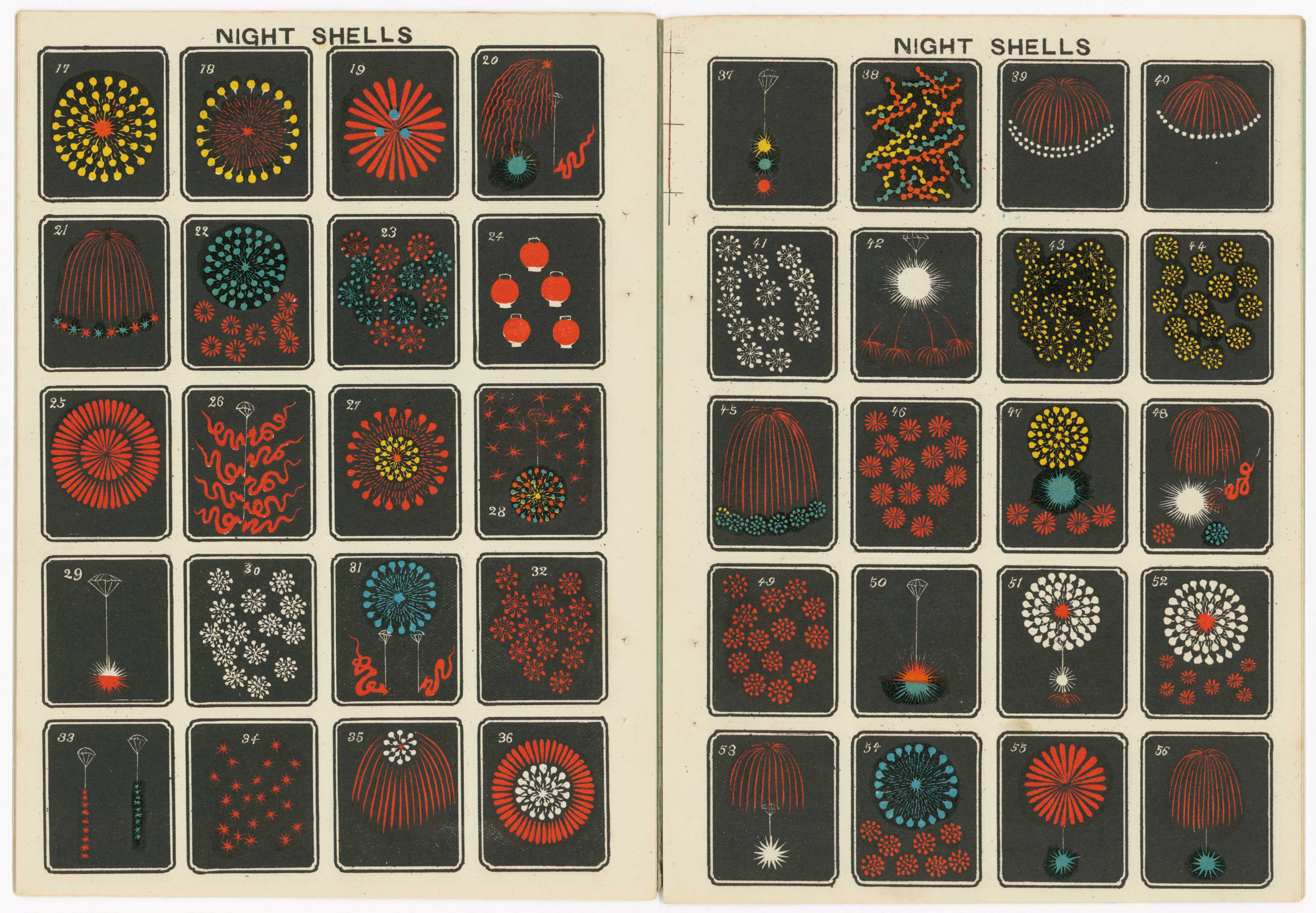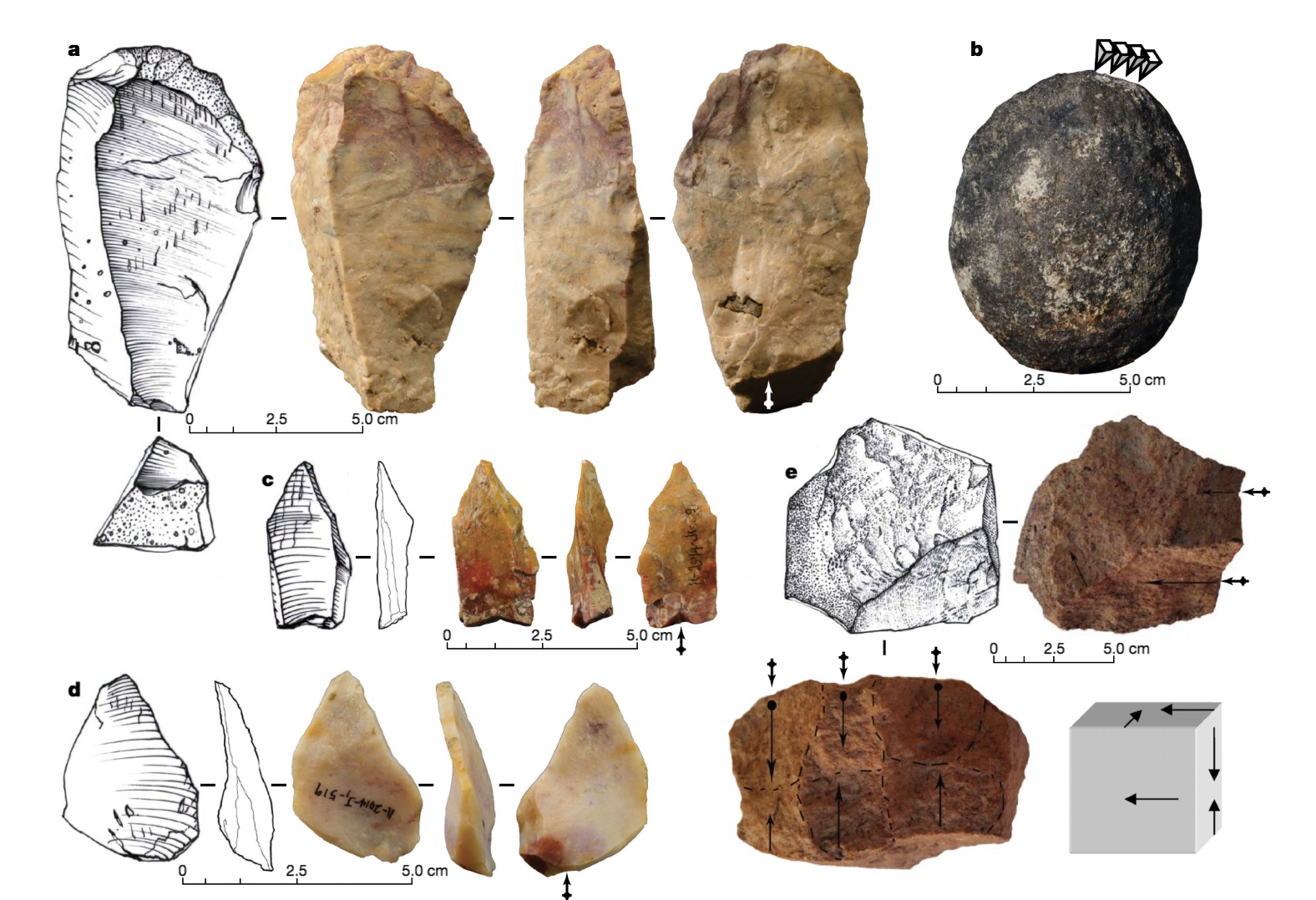via Arts & Letters Daily: Peter E. Gordon in ^The Boston Review
Wikimedia Commons
Leonard Bernstein would have turned 100 this August [of 2018]. As many centenary reflections have shown, it is hard to tell the story of this Great American Conductor-Composer without lapsing into the heroic style, turning his outsized personality into the key for unlocking his music.
Certainly the narrative sweep of his career is irresistible — the transformation of this son of Ukrainian Jewish beauty supply wholesalers into the darling of classical music, the last superstar in a musical culture that was turning from Beethoven to the Beatles. Bernstein held on to that audience; he commanded its attention. Even when he was not conducting he was a performer, the impresario for his own achievements. Already in 1939, when he submitted his senior honors thesis at Harvard, his examiner wrote, “I thoroughly disapprove of Mr. Bernstein’s arrogant attitude and of the air of superiority assumed by him.” This sense of self-assurance could be off-putting, but it was also part of his charm.
Continue reading
==============================
via Eurozine by Mark Galeotti
The term ‘hybrid war’ has become synonymous with Russian aggression. It denotes a style of warfare that combines the political, economic, social and kinetic, in a kind of conflict that recognizes no boundaries between covert and overt war. However, this definition fails to recognize crucial distinctions in Russian strategy, writes Mark Galeotti.
Where force is necessary, there it must be applied boldly, decisively and completely. But one must know the limitations of force; one must know when to blend force with a manoeuvre, a blow with an agreement.Continue reading
Leon Trotsky (1932)
==============================
via the BIg Think blog by Ned Dymoke
Be glad your name isn't attached to any of these bad ideas.
- Some inventions can be celebrated during their time, but are proven to be devastating in the long run.
- The inventions doesn't have to be physical. Complex mathematical creations that create money for Wall Street can do as much damage, in theory, as a gas that destroys the ozone layer.
- Inventors can even see their creations be used for purposes far different than they had intended.
==============================
via Interesting Literature
Lady Mary Wortley Montagu (1689-1762) was a remarkable woman: as well as her writing, she is also celebrated for introducing smallpox inoculation to Britain, half a century before Edward Jenner developed vaccination against the disease. ‘A Hymn to the Moon’ is a wonderful short poem about the moon.
Continue reading
==============================
via Boing Boing by Cory Doctorow

Docubyte's Visual History of Computing 1945-1979 is a mix of superb staging, outstanding photography, and intense nostalgia, and it just made my day. [And mine!]
==============================
DNA testing discredits theory Nevada’s ‘Spirit Cave mummy’ is of Paleoamerican heritage
via the Guardian by Hannah Devlin, Science correspondent

Prof Eske Willerslev with Donna and Joey, two members of the Fallon Paiute-Shoshone tribe descended from the mummy. Photograph: Linus Mørk/Magus Film
Scientists attempting to map out the historical migrations of North and South America by analysing ancient bones have revealed that a 10,000-year-old skeleton unearthed in a cave in Nevada is the ancestor of a Native American tribe.
The iconic skeleton, known as the “Spirit Cave mummy”, was reburied this summer by the Fallon Paiute-Shoshone people in Nevada, bringing closure to a decades-long legal dispute with anthropologists who fought for it to remain on display in a museum.
Continue reading
==============================
via Arts & Letters Daily: Ed Simon for Poetry Foundation
Thomas Wyatt, the first great poet of totalitarianism, speaks to the anxieties of troubled times.
The 190th sonnet of Petrarch’s Canzoniere presents the “sweetly austere” image of a “doe of purest white upon green grass.” Petrarch, a 14th-century Italian poet, contemplates the mystical deer with devotion; it is, after all, a stand-in for his beloved, Laura. Around the deer’s throat is a necklace studded with diamonds and topaz, symbols of steadfastness and chastity respectively—an appropriate bit of mineralogical allegory for a poet so identified with idealized love. It’s telling that when the English poet Sir Thomas Wyatt reimagined Petrarch’s sonnet some two centuries later, he deleted the detail about the topaz. Petrarch wrote about chastity; Wyatt wrote about anxiety.
Continue reading
==============================
via Interesting Literature
As Groucho Marx once said, ‘My favourite poem is the one that starts “Thirty Days Hath September”, because it actually means something.’ The meaning of ‘Thirty Days Hath September’ is self-evident and straightforward. But what are the origins of this famous rhyme?
Continue reading
==============================
via Boing Boing by Rob Beschizza

If you're worried about menacing gangs of goats roaming the moor, here's how to sweeten the savage beasts: smile. Scientists found that “goats are drawn to humans with happy facial expressions”.
Continue reading
==============================
Giving octopuses ecstasy reveals surprising link to humans
A groundbreaking new study shows that octopuses seemed to exhibit uncharacteristically social behavior when given MDMA, the psychedelic drug commonly known as ecstasy.
via the Big Think blog by Stephen Johnson
- Octopuses, like humans, have genes that seem to code for serotonin transporters.
- Scientists gave MDMA to octopuses to see whether those genes translated into a binding site for serotonin, which regulates emotions and behavior in humans
- Octopuses, which are typically asocial creatures, seem to get friendlier while on MDMA, suggesting humans have more in common with the strange invertebrates than previously thought
The mind boggles as to why anyone would give ecstasy to an octopus.



























